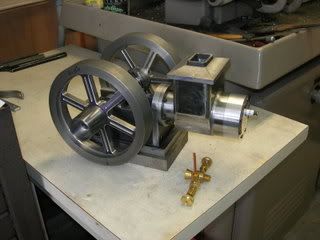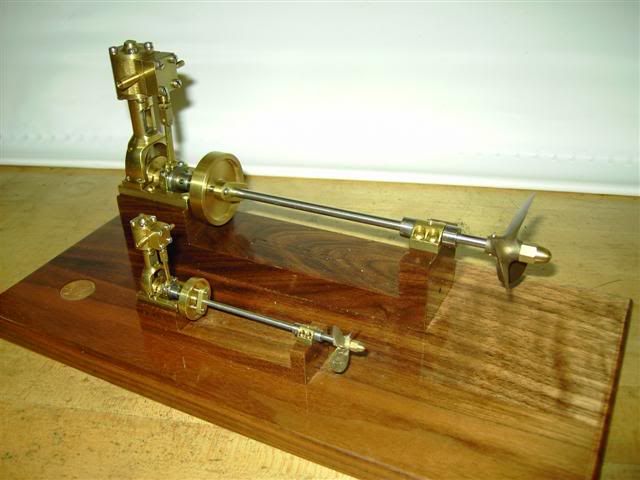I have been building from castings for a long time now, and people think that building from castings is an easy option.
This is a greatly misunderstood fact.
Unless you can get 'good' investment castings you usually hit a problem straight away.
Castings are not made 'square', usually they are tapered because they have to be able to pull the plug from the mould without causing damage to the casting sand.
So you have to get at least one face square and flat before you can carry on, otherwise what happens is that you end up chasing your own tail to keep things square, and still have enough metal to be machined to get to finished state.
The way I do it on a major casting is to find one datum face that can be used to get as many other datum faces from it, and once machined set that up on an angle plate or 3,2,1 blocks, and then work from that. I use the smallest angle plate I can fit the casting onto, because it is no joke when you have just used it on the miller and find that you can't mount the angle plate onto the lathe faceplate because it is too big.
Another major problem is the workers at the foundry. The last casting set that I used had been over 'fettled' and I had to get the casting built up by a friend to be able to machine it to the correct dimensions.
Here is my last engine, still in uncleaned state and on its run in stand.
This is a four stroke, single cylinder, water cooled side valve engine. I made up a set of electronic igniton for it to get it to run a little better. It is called 'The Whippet'.
Don't get me wrong here, I am not trying to put people off building from castings, but just showing a few pitfalls that you can expect if you want to try it.
John









